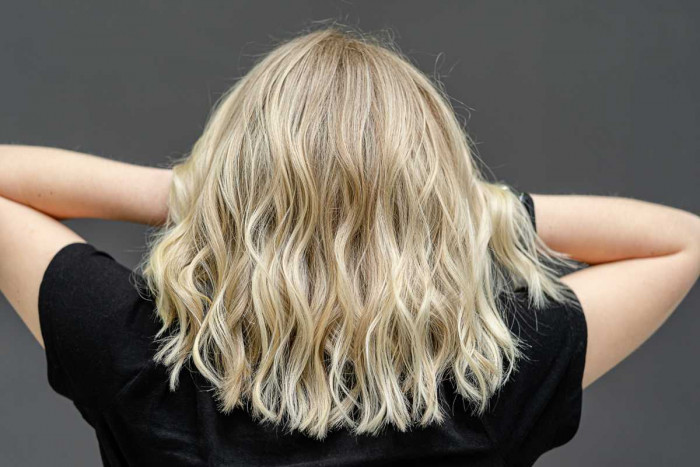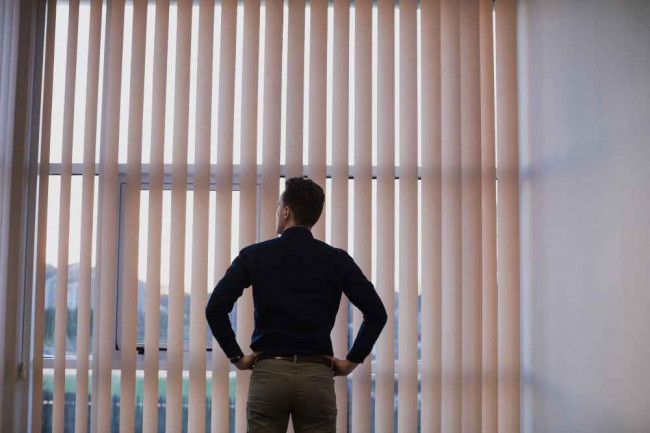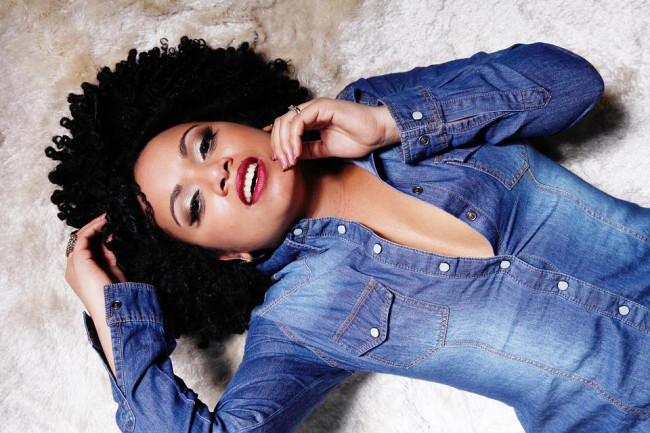In the glitz and glamour of Hollywood, every aspect of a film's production is meticulously planned and executed to create a captivating cinematic experience. Among the many elements that contribute to the visual storytelling is hairstyling. From classic period pieces to futuristic sci-fi adventures, hairstyling plays a crucial role in bringing characters to life and immersing audiences in the world of the film. Let's delve into the secrets of movie hairstyling and explore its significance in the art of filmmaking.

The Artistry of Movie Hairstyling Crafting Characters Through Hair
One of the most essential tasks of a hairstylist in the film industry is to collaborate with directors, costume designers, and actors to create hairstyles that authentically reflect the characters and the world they inhabit. Whether it's designing elaborate period hairstyles or crafting futuristic looks for sci-fi epics, hairstylists play a vital role in shaping the visual identity of the film's characters. Each hairstyle is carefully crafted to convey personality traits, cultural background, and narrative themes, adding depth and dimension to the storytelling.
Attention to Detail
Movie hairstyling requires meticulous attention to detail, as even the smallest hair-related inconsistencies can disrupt the audience's immersion in the story. Hairstylists must ensure continuity throughout filming, meticulously documenting each character's hairstyle to maintain consistency across scenes and reshoots. From ensuring that hairstyles match the timeline of the story to seamlessly incorporating wigs and hairpieces, hairstylists work tirelessly behind the scenes to create a polished and cohesive visual aesthetic.
A Look Back at the Evolution of Men's Hairstyles in Cinema
Historical Accuracy
One of the most challenging aspects of movie hairstyling is recreating authentic period hairstyles that accurately reflect the time and place in which the story is set. Whether it's the sleek, suave styles of the 1920s or the rebellious, unkempt looks of the 1960s, hairstylists must research historical trends and techniques to ensure that characters' hairstyles are true to the era. This attention to detail not only enhances the film's visual authenticity but also transports audiences to different time periods, immersing them in the world of the story.
Cultural Context
Men's hairstyles in cinema often serve as a reflection of broader cultural trends and societal norms. From classic Hollywood leading men with impeccably groomed hair to counterculture rebels sporting long locks and scruffy beards, hairstyles can convey a character's social status, identity, and personal beliefs. By studying the evolution of men's hairstyles in cinema, audiences can gain insight into the cultural context of different eras and the ways in which hairstyles have been used to signify identity and belonging.
Men's Hairstyles in Cinema as a Valuable Resource for Readers
Understanding the intricacies of movie hairstyling not only enhances one's appreciation for the art of filmmaking but also provides valuable insights for personal style and character development. By analyzing iconic hairstyles and their respective cultural contexts, readers can gain inspiration for their own grooming routines and creative endeavors. Moreover, exploring the evolution of men's hairstyles in cinema offers a glimpse into the broader cultural shifts and historical contexts that shape fashion and identity.
For example, Jake Gyllenhaal's haircut in "Prisoners" serves as a compelling case study in character transformation. Gyllenhaal's rugged appearance in the film, characterized by a closely cropped haircut and scruffy beard, perfectly complements his portrayal of a determined detective navigating a harrowing investigation. The intentional styling choices not only enhance the authenticity of the character but also deepen the audience's immersion in the story.
Behind the Scenes: The Secrets of Movie Hairstyling
In the glitz and glamour of Hollywood, every aspect of a film's production is meticulously planned and executed to create a captivating cinematic experience. Among the many elements that contribute to the visual storytelling is hairstyling. From classic period pieces to futuristic sci-fi adventures, hairstyling plays a crucial role in bringing characters to life and immersing audiences in the world of the film. Let's delve into the secrets of movie hairstyling and explore its significance in the art of filmmaking.
The Artistry of Movie Hairstyling Crafting Characters Through Hair
One of the most essential tasks of a hairstylist in the film industry is to collaborate with directors, costume designers, and actors to create hairstyles that authentically reflect the characters and the world they inhabit. Whether it's designing elaborate period hairstyles or crafting futuristic looks for sci-fi epics, hairstylists play a vital role in shaping the visual identity of the film's characters. Each hairstyle is carefully crafted to convey personality traits, cultural background, and narrative themes, adding depth and dimension to the storytelling.
Attention to Detail
Movie hairstyling requires meticulous attention to detail, as even the smallest hair-related inconsistencies can disrupt the audience's immersion in the story. Hairstylists must ensure continuity throughout filming, meticulously documenting each character's hairstyle to maintain consistency across scenes and reshoots. From ensuring that hairstyles match the timeline of the story to seamlessly incorporating wigs and hairpieces, hairstylists work tirelessly behind the scenes to create a polished and cohesive visual aesthetic.
A Look Back at the Evolution of Men's Hairstyles in Cinema
Historical Accuracy
One of the most challenging aspects of movie hairstyling is recreating authentic period hairstyles that accurately reflect the time and place in which the story is set. Whether it's the sleek, suave styles of the 1920s or the rebellious, unkempt looks of the 1960s, hairstylists must research historical trends and techniques to ensure that characters' hairstyles are true to the era. This attention to detail not only enhances the film's visual authenticity but also transports audiences to different time periods, immersing them in the world of the story.
Cultural Context
Men's hairstyles in cinema often serve as a reflection of broader cultural trends and societal norms. From classic Hollywood leading men with impeccably groomed hair to counterculture rebels sporting long locks and scruffy beards, hairstyles can convey a character's social status, identity, and personal beliefs. By studying the evolution of men's hairstyles in cinema, audiences can gain insight into the cultural context of different eras and the ways in which hairstyles have been used to signify identity and belonging.
Iconic Transformations
Some of the most memorable moments in cinema are marked by dramatic character transformations, often accompanied by striking changes in hairstyle. These iconic makeovers not only serve as visual cues that signal a character's growth or change but also become enduring symbols of the film itself. From the suave transformation of George Clooney's character in "Ocean's Eleven" to the rugged appearance of Tom Hanks in "Cast Away," hairstyles play a pivotal role in shaping the audience's perception of the characters and their journey.
Men's Hairstyles in Cinema as a Valuable Resource for Readers
Understanding the intricacies of movie hairstyling not only enhances one's appreciation for the art of filmmaking but also provides valuable insights for personal style and character development. By analyzing iconic hairstyles and their respective cultural contexts, readers can gain inspiration for their own grooming routines and creative endeavors. Moreover, exploring the evolution of men's hairstyles in cinema offers a glimpse into the broader cultural shifts and historical contexts that shape fashion and identity.
Conclusion
Behind every memorable movie hairstyle lies a team of talented hairstylists who work tirelessly to bring characters to life and create immersive cinematic worlds. From crafting historically accurate period hairstyles to designing futuristic looks for sci-fi epics, movie hairstyling is an art form that requires skill, creativity, and attention to detail. By understanding the secrets of movie hairstyling and exploring the evolution of men's hairstyles in cinema, audiences can gain a deeper appreciation for the role of appearance in character development and narrative impact. Ultimately, movie hairstyling serves as a testament to the power of visual storytelling and the artistry that goes into creating unforgettable cinematic experiences.












